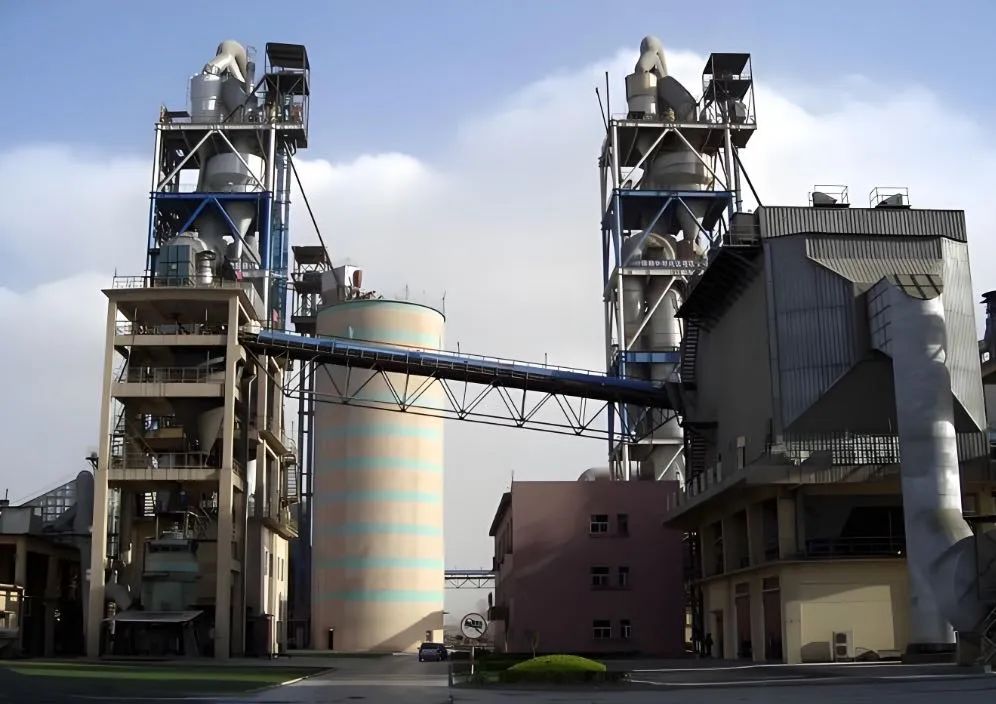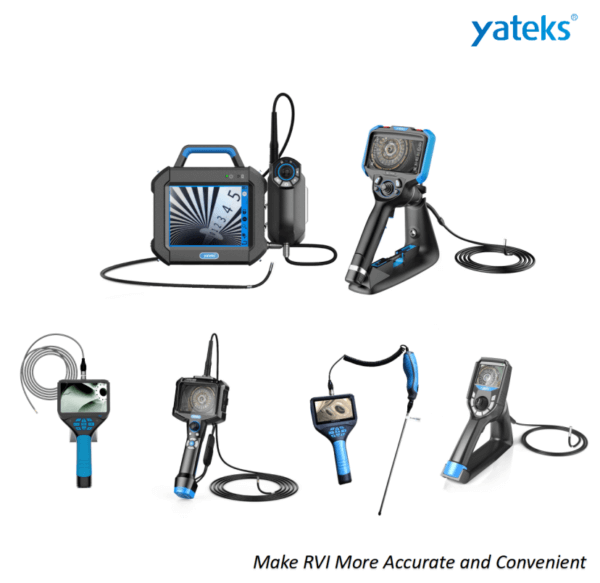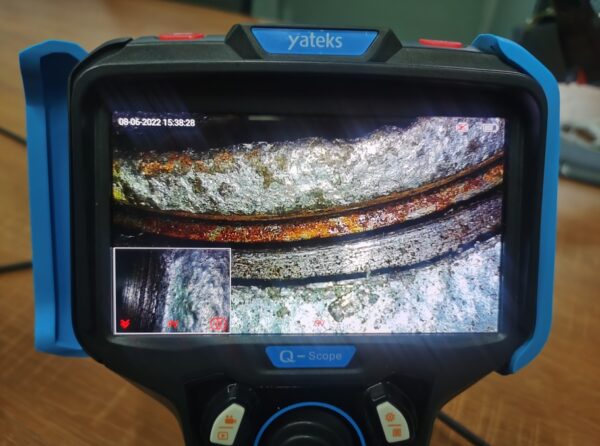What is the Yateks dual camera video borescope?
The Yateks Dual Camera video borescope comes with a 2.8mm, 3.9mm, 6.0mm or 8.4mm diameter tip and has insertion tube lengths of 1.0 meter to 8.0 meters. The main feature of the dual-camera borescopes is there are two cameras at the end of probe: One is front-view camera (0 degree) Another is side-view camera (90 degree). Users can switch between the two cameras while keeping the borescope inside the current inspection area. The dual camera feature enhances the flexibility and accuracy of the inspection process, making it easier to identify issues or anomalies within the inspected area.
What are the applications of dual camera borescope?
While fully-articulating dual camera borescopes are still fairly new to the market, some early indicators of key applications are already beginning to appear. These applications include:
1.Orbital welds in process piping
If process piping is over 3” in diameter, usually a forward view borescope with at least 90 degrees of articulation will be able to deliver a good view of the interior orbital weld. When pipe diameter gets below 3”, it becomes more difficult to obtain a straight-ahead view of the welds when using a forward view camera, even if the camera has a wide field of view. For small ID pipes, the side view camera solves this problem and can provide an excellent, straight-on view of welds in pipes as small as ¾” ID.
2.Heat exchangers.
Pitting, scale buildup and corrosion in heat exchangers reduces efficiency and can lead to system failure if left untreated. A side view camera is ideal when examining the condition of small diameter heat exchangers, and capturing photos of problem areas over time can help technicians predict when refurbishment or replacement will be necessary.
3.Cast metal parts.
Dual camera modules can be very useful when inspecting the inside of cast metal parts for burrs, pin holes or slag inclusion. Once inside the component, if there is enough room to point the forward view camera at the inspection target, then this camera should be used. If a certain channel is too narrow, however, this is when the side view camera can be activated to get a closer look at surface areas perpendicular to the camera module.
4.Bearings and inner/outer races
Gear assemblies and gear boxes seem to be getting more complex and crowded all the time. This has been great for drive efficiency and system performance, but it makes inspecting the gears correspondingly more difficult. The dual camera module has proven useful in providing visual access to gear and bearing components that are tightly spaced and otherwise inaccessible.
As with any purchase of high-tech NDT equipment, it is important to know that your investment is going pay off. Everyone’s situation is unique, and just because a piece of gear may get rave reviews from your colleague on the other side of the country doesn’t mean that you’re going to feel the same way about it. A good place to start is by accurately defining the problem you are trying to solve. What inspection, maintenance or repair process are you trying to improve or speed up? Then have a discussion with a knowledgeable sales consultant about your application, what you want to achieve, and whether the equipment under consideration is suitable to the task. Finally, you should evaluate the equipment in your facility and on your actual inspections before buying it— this is the absolute best way to be sure that you’re going to happy with your investment over the long haul.






